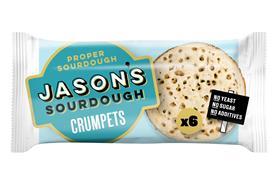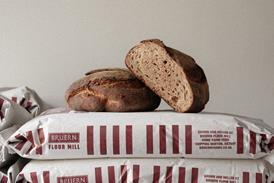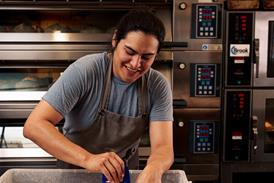Raising the bar on snack production

Today’s health-conscious consumers are increasing demand for tasty, high-protein snack bars and the level of competition in the sector is ramping up. However, bringing a successful product to market is not always as simple as it seems, says Reiser
To continue reading, register for free
You are what you read, registration is quick, easy and free. Just click register now and you’ll be finished faster than it takes you to butter a crumpet!
Don’t miss out:
- Unlimited access to content
- Regular newsletters to your inbox
- Save articles to read later on
- A more personalised experience
Already registered? Please log-in here


















